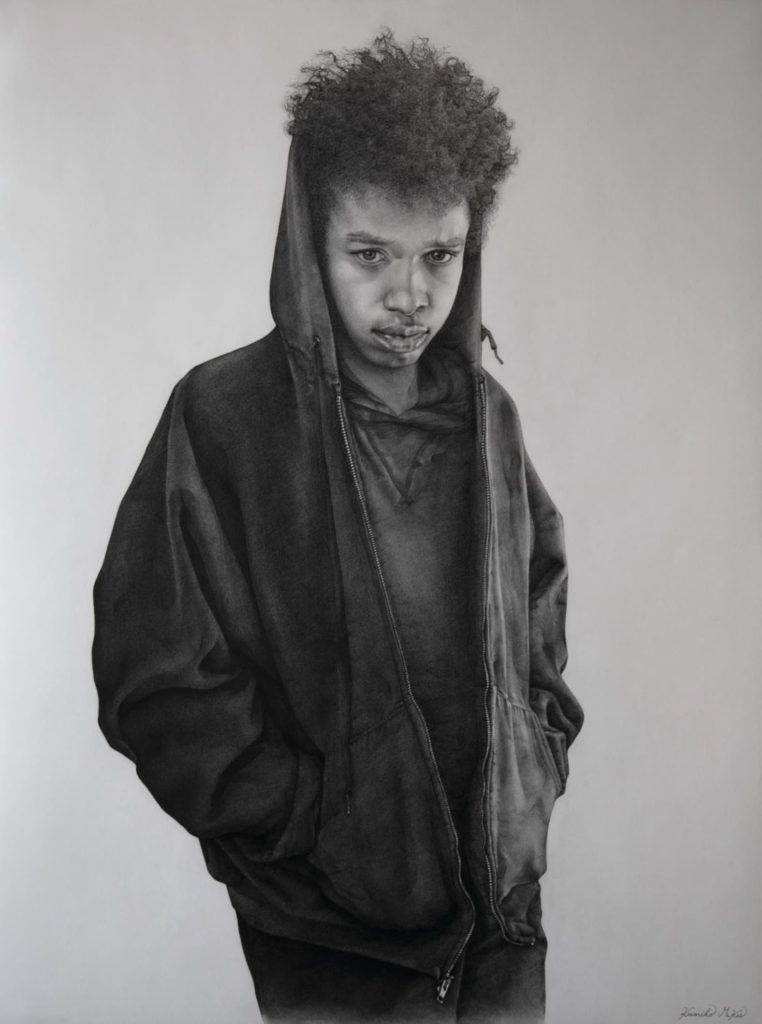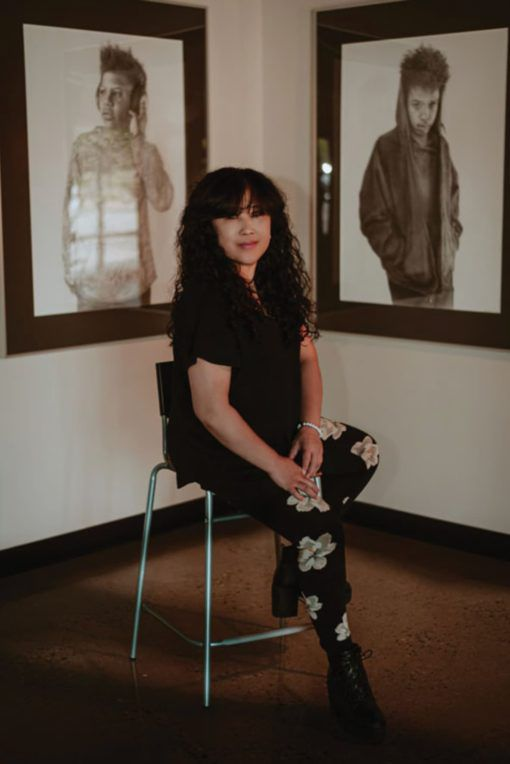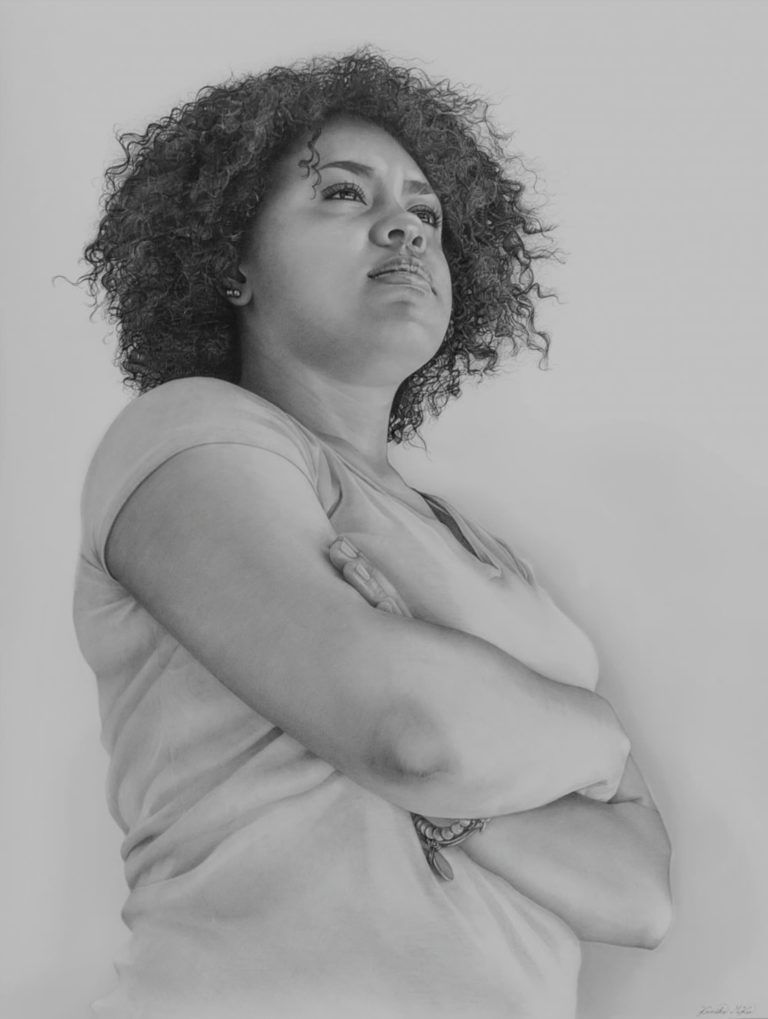The Top Award-Winning Drawings of 2020
- nuko lqko
- 25 нояб. 2021 г.
- 3 мин. чтения
Take a look at the exquisite work of the three winning artists of the 12th Strokes of Genius drawing competition.
Our special issue, The Best of Drawing, is a showcase of the 117 outstanding works of art — executed in a drawing medium or in a wet medium using a drawerly approach — that were selected for publication from all the entries into the 12th Strokes of Genius drawing competition. This year, we asked artist Juliette Aristides to select three drawings from among these finalists for First, Second, and Third Place Awards, along with 10 Honorable Mentions. Learn more about the top prizewinners and their award-winning drawings below; see the Honorable Mention winners in The Best of Drawing print or digital issue.
It’s worth mentioning that this drawing competition was taking place last spring, just as the COVID-19 pandemic descended into our lives. As you might expect, many artists submitted works that reflect on this experience. In some cases, artists recognize that the alterations due to the pandemic afforded them the opportunity to work with a focus they might not have otherwise had. In such times, we are reminded of the important part that art has to play in telling our stories — whether beautiful or challenging.
It’s also true that art offers a healthy means of creative escape — and that’s exactly what we hope you’ll experience as you read on.
1st Place Winner: Kumiko S. McKee
The emotional quality captured in this powerful portrait caught the attention of the juror and earned this artist our top award.
By Rebecca Dvorak

The award-winning drawing, Isaiah, is a portrait of Kumiko S. McKee’s nephew, whom she describes as quite shy and hesitant to speak up. “I drew this piece when he was 17 years old as a way to wish him the courage to realize his potential,” she says. “I’m happy that he has now grown into a confident young man.” McKee hopes the viewer senses in the drawing her nephew’s inner sensitivity and creative spirit.
Juror Juliette Aristides clearly responded to the poignant qualities of the piece. “The vulnerability of childhood is captured in the face of the young man,” she says. “The piece stands out because it conveys emotion in addition to being technically strong. Isaiah embodies the trepidation of a generation of children facing a quickly changing world. The drawing has as much heart as it has skill.”
McKee aspires to capture more than a likeness in her portraits; she wants her work to express a person’s emotional interior — the “real person.” She attributes her ability to do this to the fact that most of her subjects are family members. “I know them personally. And I’m thinking about them while I’m working on the portrait.” she says. “I’m able to empathize with their feelings.”

An Early Start
McKee’s American Family series, which includes her prizewinning drawing, presents each member of her multi-cultural family. The artist started drawing at a young age while living in her native Japan; she was raised there by her grandmother after her parents divorced when she was a baby. McKee drew girls’ faces to help her feel less lonely. As a child, she dreamed of becoming a manga artist. But her focus shifted away from those Japanese comics when her junior high school art teacher noticed her talent and suggested that she focus on fine art in high school.
It was during that training that she discovered Rembrandt. She found inspiration in his use of dramatic atmosphere and chiaroscuro techniques. “The drawing classroom was my favorite place to be during my high school years,” she says. “I would go there after school and draw the plaster-cast busts. I loved the sound of a charcoal stick rubbing against smooth drawing paper in the quiet drawing room. It was like meditation for me. This is how and where I learned my drawing techniques — and it’s why I love drawing.”
Initially, McKee saw drawing as a learning tool to develop her skills for other kinds of art. “Since then,” she says, “I’ve discovered that drawing isn’t only a tool but also a great medium by itself for expressing and representing my ideas.”

A Sense of Unity
After high school, McKee moved to the United States to attend college at the University of Wyoming, where she received her BFA degree. She met her husband in the States and married into a family that was full of other cross-cultural relationships. “My new family is tightly bound,” she says. “There’s a sense of unity despite the variety of backgrounds. This is a different experience from my own Japanese upbringing.”
It’s this new family that inspired McKee to create the American Family series, a body of work that she hopes not only highlights the unique character of each of her family members, but also furthers an appreciation of racial and ethnic diversity in general.




Комментарии